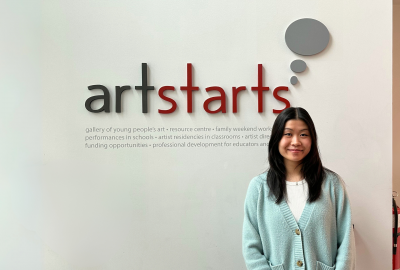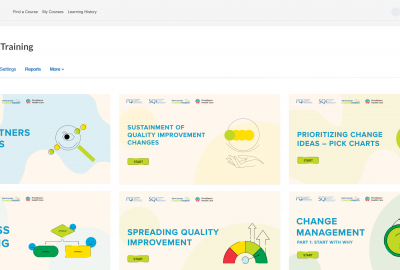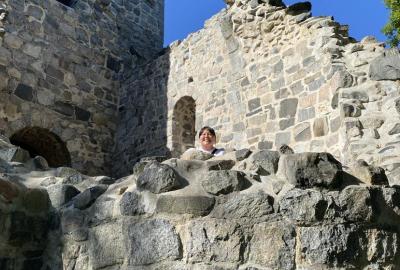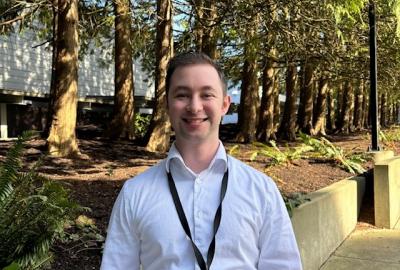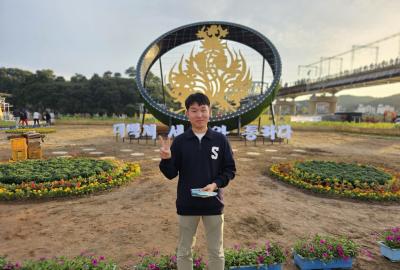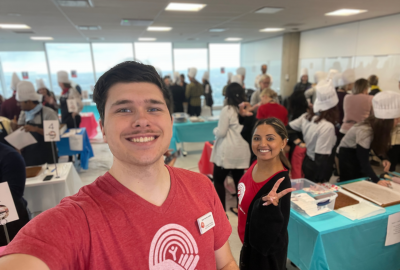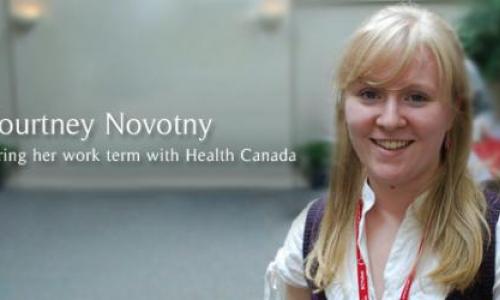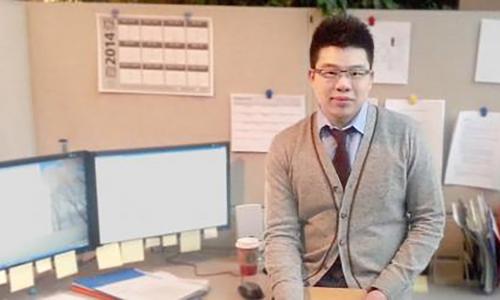
I read a great article the other day by Jim Bright, co-author of the Chaos Theory of Careers. It’s a read that’s well worth your time, but for those who don’t have the will to check out the post in its entirety, I’ll share an excerpt below:
Curiously not everyone I meet is thrilled when I tell them the ending to a movie. Oddly they prefer to be surprised, and let the movie unfold for them. However this attitude of going with the flow, seeing where it ends up, living with emergence rarely extends to our careers. Here we are encouraged to plan thoroughly, to visualise or imagine how things will play out, to know in advance what our next steps, and indeed our foreseeable steps will be. So why this disconnect? Why is surprise ok in the movies, but less in careers?
The article goes on to explain what Jim calls the “emergent approach,” which is a sort of antithesis to the “plan and implement” approach to career development. There are a lot of misconceptions and hesitations regarding emergence as it applies to careers, not least of which revolve around the concept of action.
“So, if I don’t have a plan, do I just sit around and wait for stuff to happen?” You might ask. “How am I supposed to know what to do if I don’t know where I’m going?” Is another one I sense a lot of in my work with students.
I have a wonderful natural metaphor that I would like to share that will hopefully answer these questions and dispel some other myths about the “emergent approach” to career development. Take a look at the below image and take note of some words that come to mind.
You might be thinking of words like cold, winter, and desolate. But what about adaptable, unpredictable, and chaotic?
The tree is a perfect metaphor for an emergent career path. It’s adaptable, growth-oriented, and reactive. If a tree’s basic needs are met (water, sunlight), it grows on its own. I constantly find myself talking to students about not having to know what specific direction to go in order to move forward in their career development. You don’t have to micromanage your career or plan out where you’re going to be years from now in order to end up in a great place. You do, however, need to moveforward, and you need to be able to adapt to sometimes drastic environmental changes. Other than that, your career will grow on its own without you even noticing it.
All a tree knows is that it has to move up. Without this basic growth, the tree doesn’t get the sunlight it needs to survive. It is constantly responding to changes in its environment in order to facilitate this basic goal: get more sunlight. This can often result in growth in some very creative directions, as can be witnessed in the tree above, which is still very much alive and well. But that tree never planned on growing sideways. It was just responding to subtle shifts in its environment over a really long period of time.
Just like the tree, all a person needs to do to get their share of sunlight is to move forward. If we stay motionless we will soon be eclipsed by the forest of competition surrounding us, which after long enough period of time block out nearly all available light. The problem with making a specific plan to move in one exact direction is that this doesn’t take into account the myriad changes in our environment that might take place over time. What looks to be the right direction could actually become counter-productive to our overall development if our environment changes in any significant way.
If we’re unwilling to make small changes to the plan, we might grow straight up in a situation where it would be more advantages to grow sideways.
So, what becomes more important than having a great plan in the first place is having the ability to react constructively to the events in our lives. And the more of those events there are, the more information we gain about ourselves, the more opportunities for growth in other directions potentially open up, the more movement forward we achieve, the more sunlight we are able to absorb.
Sunlight feels good, doesn’t it?
I hope you like the tree-career metaphor as much as I do. Just to drive the point home a tiny bit more, I’d like to show you one more image.
This is a diagram illustrating something called bifurcation. Essentially, bifurcation is just one path splitting into two. However, as more and more of those paths also split, the entire system begins to exponentially grow more and more chaotic, or in other words, unpredictable. If you are tracing along the initial line and following one path each time it split, it quickly becomes impossible to predict where you will end up.
In a way, every choice and action we take is a small bifurcation along the chaotic development of our career path.
Looks a lot like the sideways tree, though, doesn’t it?

